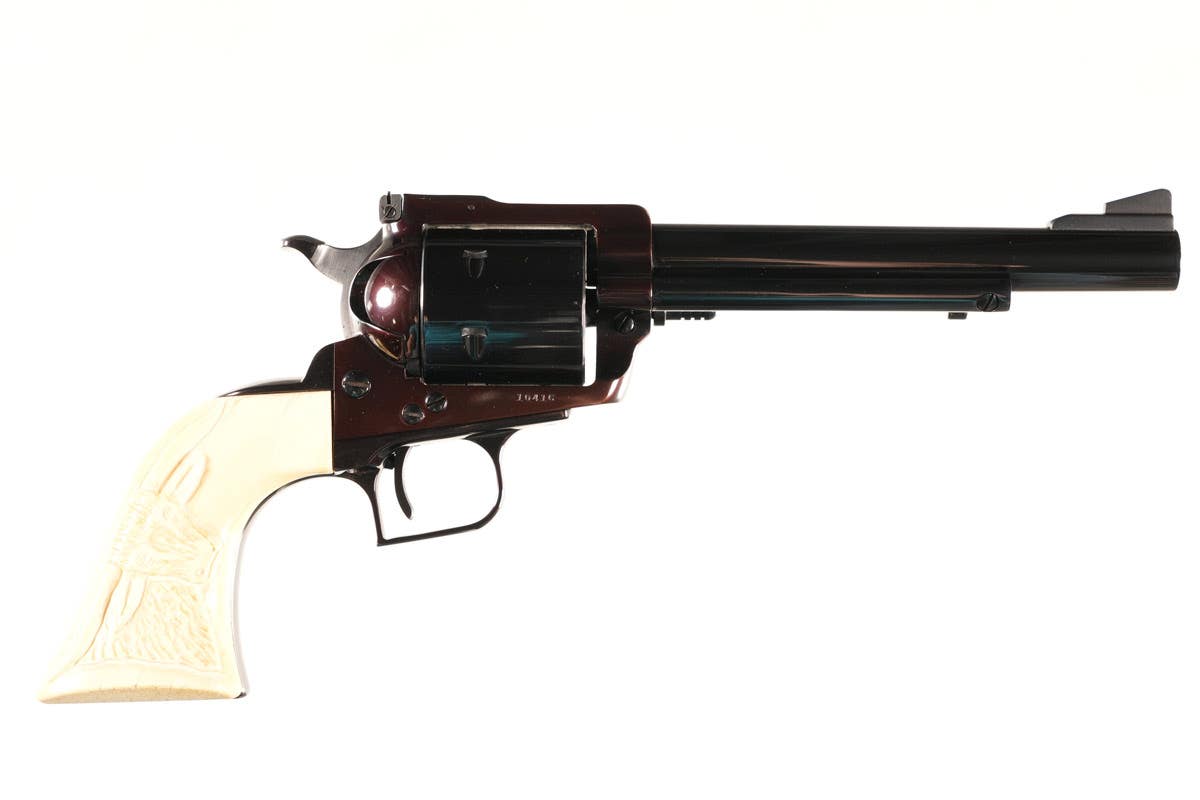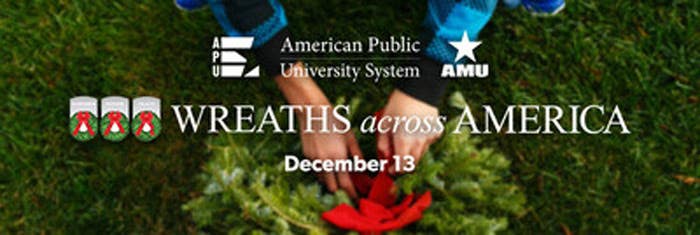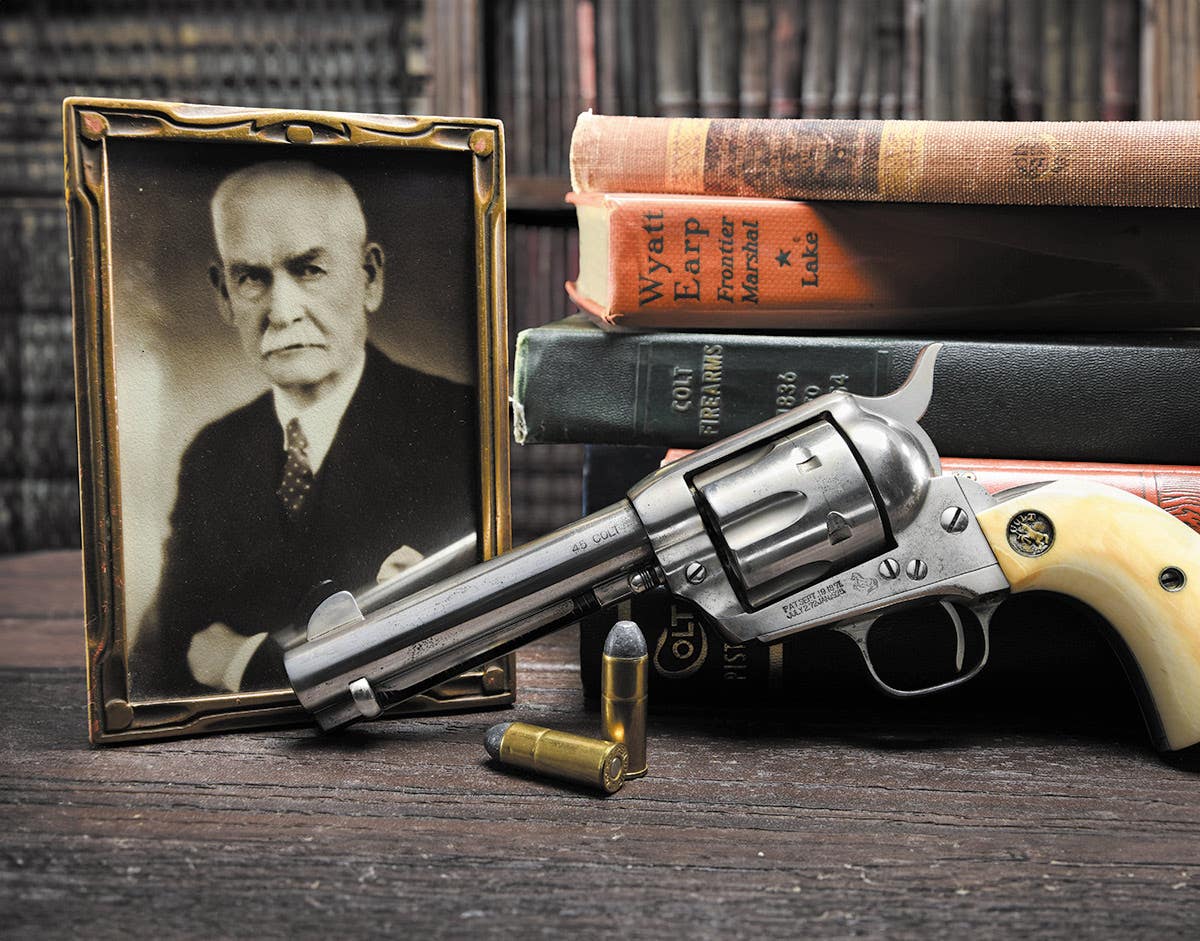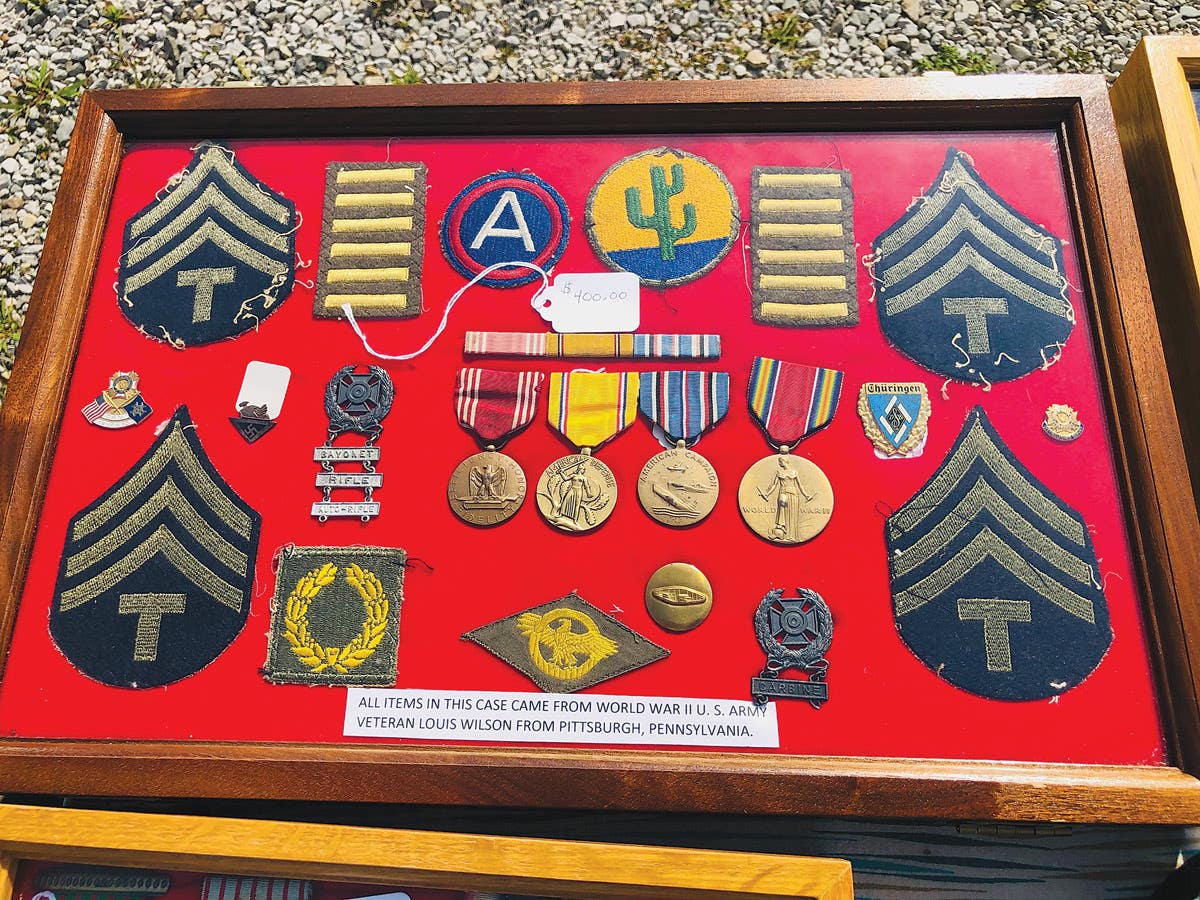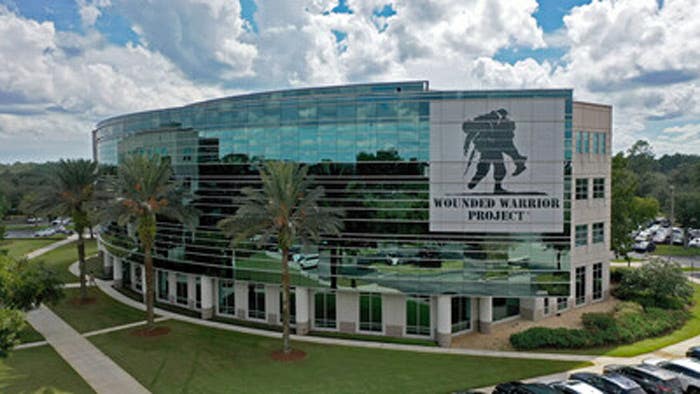Skinner announces second sale of William Rose Colonial and Revolutionary Arms Collection on February 25th
The second part of the William Rose’s militaria enthusiast’s extensive and valued collection follows on the heels of an October auction that smashed records.
MARLBOROUGH, MA – Skinner Auctioneers will host a live auction of Arms & Militaria on February 25, 2022 at 10:00 AM in its Marlborough galleries. This extensive array of 17th and 18th Century arms, accoutrements and documents represents an important contribution to the history of warfare and military occupation in colonial North America, including items deployed by American, French and British soldiers, as well as Hessian auxiliaries. This is the second part of a landmark sale, of the private collection of colonial and revolutionary arms enthusiast William Rose, and includes rare and historically significant items indicative of Rose’s comprehensive interest in the period.
Ranging in date from the mid-17th Century to the end of the Revolutionary War, the wide variety of arms contains rare items of signature quality, including several which have been published as illustrative examples of militaria from the period as a whole. Highlights from the collection’s eclectic range include an American-made cavalry saber by James Potter of New York. Crafted in 1778 for the British forces during their occupation of New York City, the sword, distinctively engraved with Potter’s name, represents an unusual case of American manufacturing for the British occupation and is in exemplary condition.
An exceptional British musket, manufactured in England but engraved with an inscription by the 4th Regiment, New Jersey Volunteers, is another example of the fascinating role colonial weaponry played across factions in the Revolutionary War. This essential British sidearm was issued to American loyalists sometime after the reorganization of the 4th Regiment in 1778. Stationed on Staten Island for most of the war, some of the battalion later fought under Benedict Arnold in Connecticut, following his treason. An Irish-made cavalry dragoon pistol offers another unusual example of arms provenance from within the British Empire, as a model nearly identical to the Tower of London dragoon bears the inscription “Trulock 1762,”—indicative of the freedom some gunsmiths had when contracting with British troops staged on the Irish Establishment.
Mr. Rose’s collection also includes notable accoutrements indicative of his broad study and avid interest in the colonial period. A brass 34-piece shot-mold, made by clockmaker Nathaniel Dominy, speaks to the wide range of industries which were conscripted into war production during a period of limited industrial ability. Pay vouchers, dating from the March on Lexington, 1775, and in exceptional condition given the fragility of foolscap, offer one of the few glimpses still available into the lives of ordinary service members among the lower ranks.
About Skinner - Skinner attracts top consignments and commands record-breaking prices in the international auction marketplace. With renowned expertise and extraordinary service, Skinner is the place for buyers, sellers and the passionately curious. Skinner appraisers are familiar faces on PBS’s 19-time Emmy Award-nominated ANTIQUES ROADSHOW. Visit us in Boston, Marlborough, New York, Maine, Florida, or online at https://www.skinnerinc.com
*As an Amazon Associate, Military Trader / Military Vehicles earns from qualifying purchases.
Established in 1993, Military Trader is dedicated to the collecting preservation, restoration, study, and display of historic military artifacts. Spanning interests from military uniforms to medals, or helmets to ordnance and weapons, Military Trader is your best source for in-depth techincal articles, artifact profiles, product and hobby news, current values, and show and auctions calendar.



